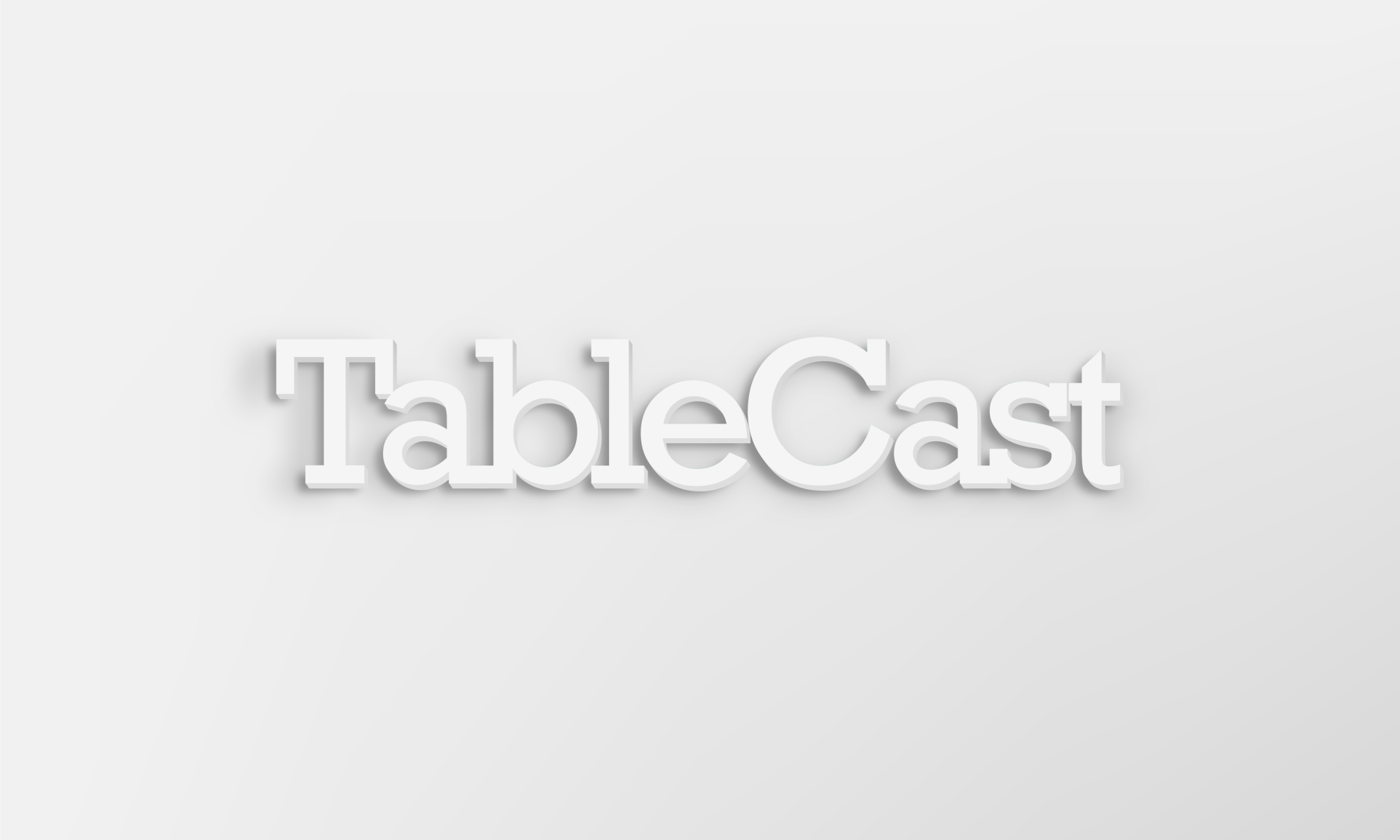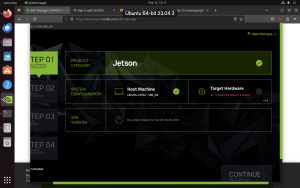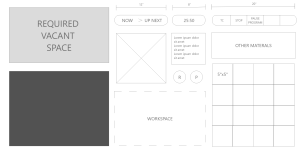Status Report
The most significant risk for this week is with the change in mounting for the projector. Rather than having the projector be oriented to face down from above the cooking surface, it will be angled down from a position off to the side. We have a contingency plan in place to fall back on an overhead rig should the warping of the images fail. Both can be worked on concurrently and with minimal extra effort so there is no change to the timeline. This change was decided upon to avoid the need of flipping a heavy projector by 90 deg. This will additionally allow for easier setup and reduce the necessity for expensive mounting hardware. Another design change is that we will be using MediaPipe for gesture recognition rather than OpenPose in order to reduce the amount of computation required.
Product Solution Meeting Needs
Caroline Crooks: TableCast will encourage people to cook. People may be deterred from cooking for several reasons, such as an inability to read small text on a phone to read a recipe or just the mental hurdle of starting to learn how to cook. The projected content makes cooking more accessible because projected instructional content and tools will be across on the countertop in an intuitive and easy to read way. Our user interface is designed for a smooth and accessible cooking experience. Encouraged to cook using our product, people can live healthier lifestyles. Safety is an integral part of our design. Many of our components will be placed high above the table because we are projecting our content. We are designing a stable, secure system to ensure that components will fall or have the potential to be knocked down. We plan to carefully test our mounting mechanisms and install our components carefully. We also recognize the cooking itself can be a hazardous activity. Our instructions and video content will be clear and caution users to be vigilant during several steps of the recipe.
Sumayya Syeda: TableCast will allow users to easily access and create recipes across cultures. Many struggle to find the correct ingredients and follow the unique steps required to create dishes from different parts of the world. With a product like TableCast, it is much easier to follow intricate recipes with the help of images and guiding widgets projected onto the kitchen counter in addition to voice commands. As a result, there is strong potential for better cultural appreciation. Furthermore, TableCast can increase one’s confidence to cook in the kitchen, especially when one requires an organized process to cook. Users will no longer have to switch between their device and the dish while having to constantly be conscious of multiple tasks occuring at once. TableCast is a clean and streamlined solution to making cooking more accessible across the world.
Tahaseen Shaik: TableCast is designed to be a lower cost alternative to the current market solution of table displays. Rather than replacing an expensive kitchen countertop, our solution allows users to use their existing resources. Assembling TableCast is fairly straightforward as well. All it takes is to set up the tripod, make the appropriate connections and begin use. Individual component-wise, we are using cheap components to assemble and display the user interface. We also leverage the user’s laptop in order to simplify our hardware. For distribution, we will be able to condense all the components down into a relatively lightweight package, which would greatly reduce further economic costs. Consumption-wise, TableCast is an innovative product that is not readily available on the market and would fulfill an open market need. Users have historically turned to new technologies to supplement their learning process in the kitchen. Overall, we have taken great care to ensure our product is not unnecessarily expensive and left room for upgrades.




